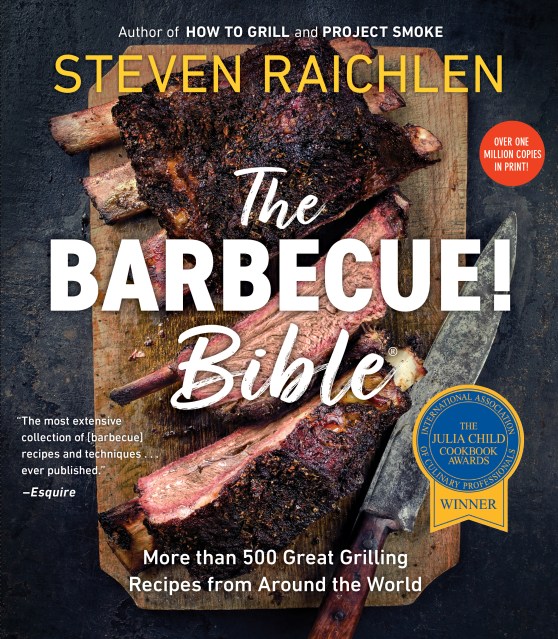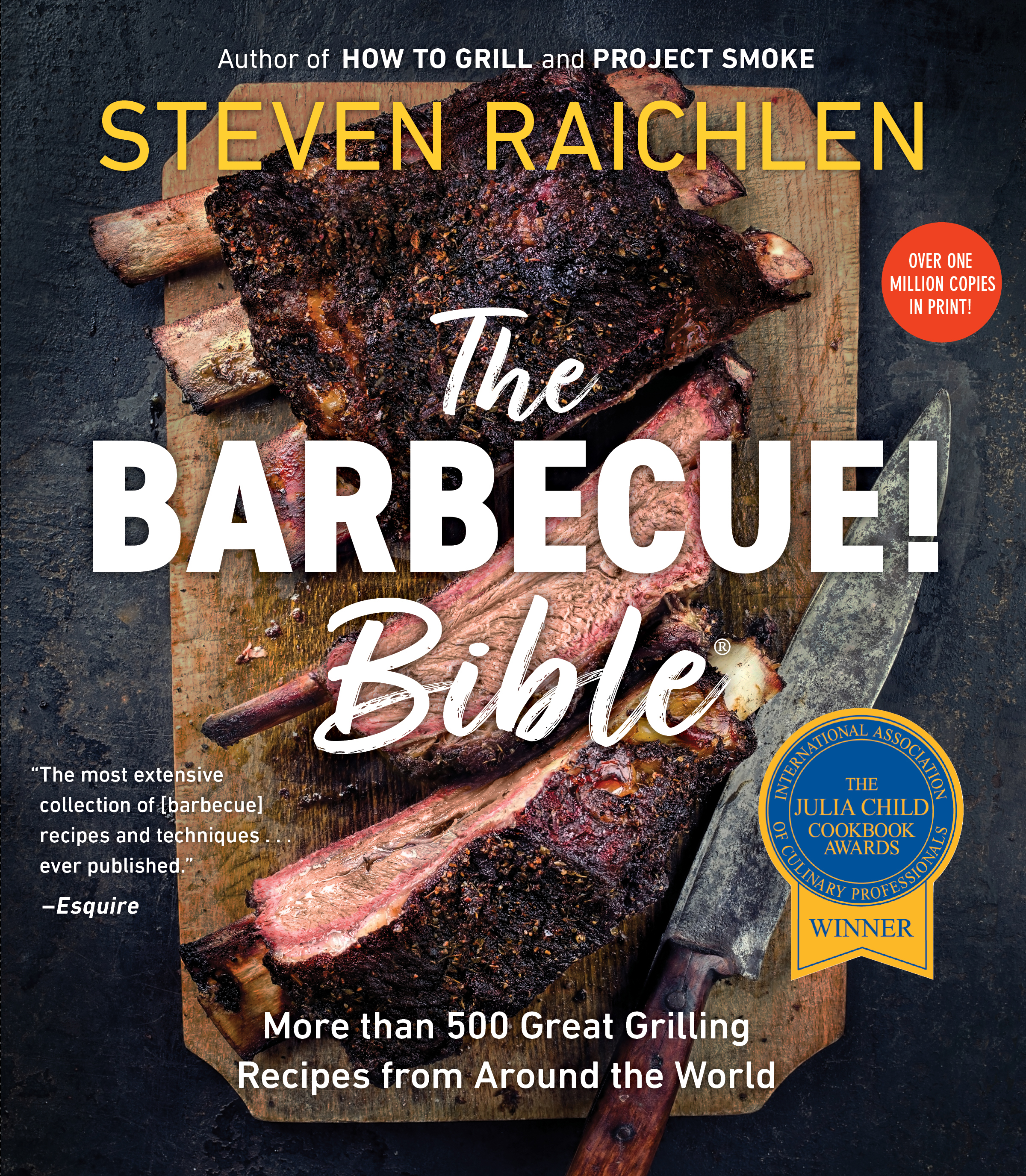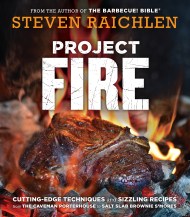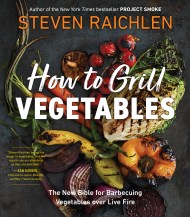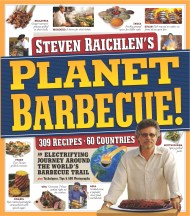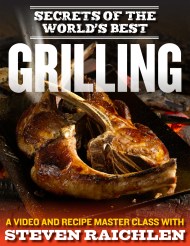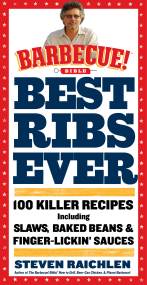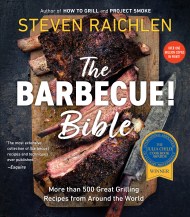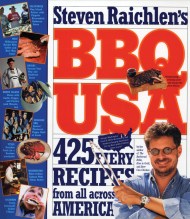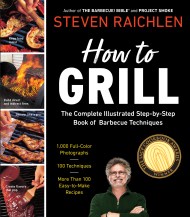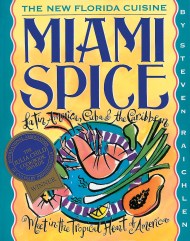Promotion
Shop now and save 20% on your back-to-school purchases & get free shipping on orders $45+ Use code: SCHOOL24
The Barbecue! Bible
More than 500 Great Grilling Recipes from Around the World
Contributors
Formats and Prices
Price
$12.99Price
$16.99 CADFormat
Format:
- ebook $12.99 $16.99 CAD
- Trade Paperback $29.99 $37.99 CAD
This item is a preorder. Your payment method will be charged immediately, and the product is expected to ship on or around May 28, 2008. This date is subject to change due to shipping delays beyond our control.
Also available from:
The biggest, baddest, best salute to our passion for barbecue, in glorious full-color, from “America’s master griller” (Esquire).
A 500-recipe celebration of sizzle and smoke, Steven Raichlen’s award-winning The Barbecue! Bible unlocks the secrets of live-fire cooking with top dishes, the tastiest sauces, and insider techniques and tips.
It’s got everything: how to grill the perfect T-bone. Succulent chicken from around the world: Jamaica, Senegal, Brazil, India, Thailand, Uruguay. A perfect meeting of fire and ice: Fire-Roasted Banana Splits. Includes FAQs, problem-solving tips, and comprehensive notes on equipment, ingredients, marinades, rubs—even a chapter on thirst-quenchers to serve while you’re busy fanning the coals.
Genre:
-
The New York Times
“The results will whisk you around the world, without ever having to leave your grill.”
-
Esquire
“The most extensive collection of recipes and techniques…ever published.”
-
The New Yorker
“For aspiring gourmets of the grill…there is only one book: The Barbecue! Bible”
- On Sale
- May 28, 2008
- Page Count
- 556 pages
- Publisher
- Workman Publishing Company
- ISBN-13
- 9780761159575
Newsletter Signup
By clicking ‘Sign Up,’ I acknowledge that I have read and agree to Hachette Book Group’s Privacy Policy and Terms of Use
